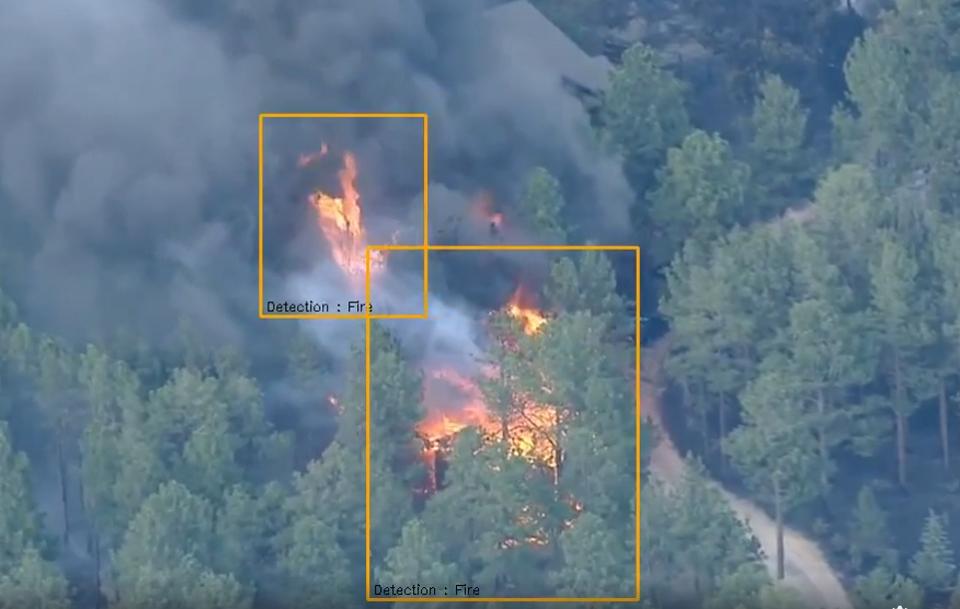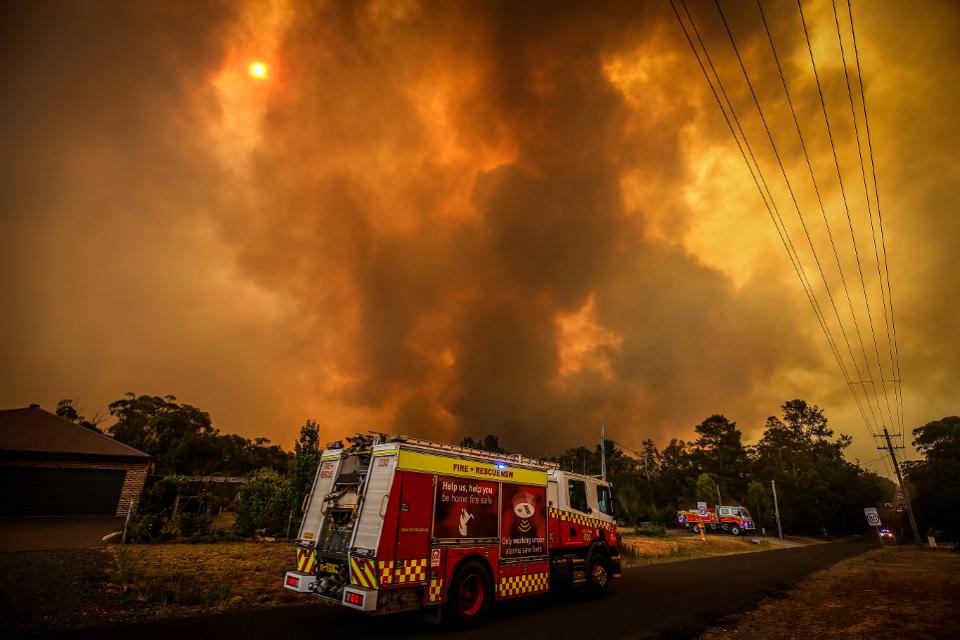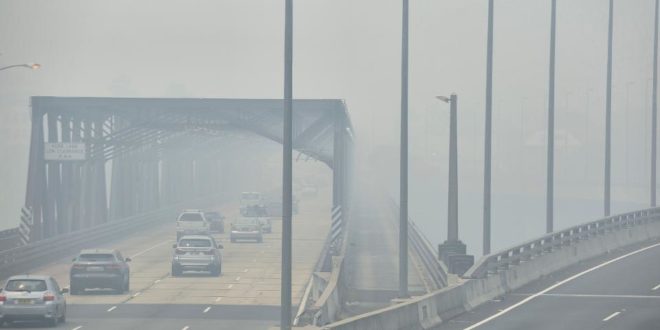SYDNEY, AUSTRALIA – Smoke haze over Iron Cove Bridge
“From my balcony, I can usually see for 100 kilometres right out to the Blue Mountains,” says Helena Gawlinska, a doctor in Sydney. “Last week, I wasn’t able to see more than a kilometre to the next headland.”
The forest fires which have been burning in New South Wales since October have left a pall of smoke hanging over Sydney. A state of emergency has been declared for seven days in New South Wales, where record-breaking temperatures and strong winds are continuing to fuel the fires. Across Australia, forest fires are threatening areas around every major city in the country.
Emergency responders around the world are struggling to contain the growing severity of forest fires. They can use helicopters and drones to find out data about the location, size and direction of the fires.
However, as Jacobo Domingo Gil, COO & Co-Founder of Robotto, a Danish autonomous drone startup says, “Sending up a helicopter over a fire is dangerous and expensive, because it requires specific skills. Even sending up a drone uses a lot of resources as the data has to be processed manually.”
This makes it time consuming and expensive, costing up to €120,000 for each 24 hours of operation, and also prone to error.
This could change. Robotto is developing an autonomous drone in collaboration with the Danish Emergency Management Agency which uses AI (artificial intelligence) to provide a faster and more accurate way to measure fires.
Using a handheld tablet, the operator will be able to decide where to send the drone, and to alter the angle of the camera to create a slightly different picture. If the drone finds a fire, it can gather data and transmit it back immediately via 5G.

Skærmbillede (3)
With a fixed wing, Robotto’s drone flies like a small plane up above the forest at 2 – 2.5 kilometres high, considerably higher than many manually operated commercial drones. Another advantage is that the battery allows the drone to fly for up to two and a half hours.
The drones will be ready for the European summer in 2020. Users will take out a subscription and can call up at short notice if they need a drone, which will be flown straight out to them. The cost of using the drone for the week will be €100,000.
“We can apply this technology in so many more ways,” says Domingo Gil. “Using computer vision, AI and the Internet of Things, we can train our platform to find people lost at sea or keep track of oil spills from ships as well.”
Drones have been used in Australia for the last few years to monitor drops and cattle, and to deliver pesticides and fertiliser. Over the last few days, drones have helped rescue teams to locate bodies on Whakaari, or White Island, in New Zealand after the volcano erupted.
Earlier this year, two Shark Robotic’s Colossus drones were used by firefighters standing outside Notre Dame in Paris when fire ripped through the 850-year old cathedral. The Latvian company Aerones has created a drone that can fly up to 984 feet, but this has to be controlled by a pilot on the ground and has a short battery life, providing only 30 minutes flight time from a 90-minute charge. The commercial drone market is expected to reach $16.2 billion by 2025.
The effects of climate change
Rising temperatures mean that wildfires will become more frequent and more violent every year. As energy continues to be stored in the atmosphere, extreme weather phenomenon like droughts and heatwaves will become more common, while increasing temperature will decrease the moisture in biomass.

SYDNEY, AUSTRALIA – DECEMBER 21: Firemen prepare as a bushfire approaches homes on the outskirts of … [+]
In North America, the number of days a year in which wildfires are likely to be a problem is expected to increase from 37 in 2009 to 59 by 2050. In Europe, wildfires have become an increasing problem over recent years, with 270 people either killed in injured as a result in Greece in 2018, and Sweden experiencing its highest ever level of forest fires.
Despite the bushfire crisis, Australia’s Prime Minister Scott Morrison has argued that there is no direct link between Australia’s greenhouse gas emissions and the severity of the fires burning across the country.
However, he acknowledged that climate change could be impacting bushfires. Australia is one of the highest per capita emitters of carbon dioxide in the world, according to Climate Analytics, an advocacy group that tracks climate data.
 Unmanned Aerial Vehicle The latest drone news
Unmanned Aerial Vehicle The latest drone news




